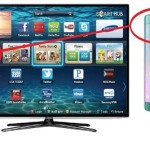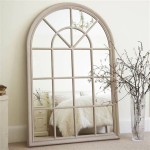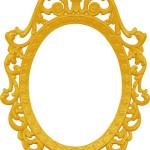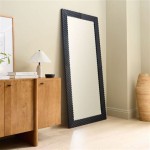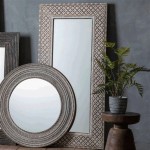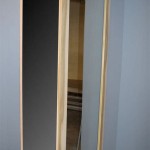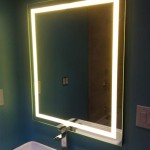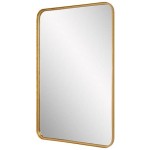Can A Concave Mirror Form Virtual Images?
Concave mirrors, also known as converging mirrors, are curved inward, reflecting light towards a focal point. They possess the unique ability to form both real and virtual images, depending on the position of the object in relation to the mirror. While concave mirrors are commonly associated with real images, it is crucial to understand that they can also form virtual images under certain conditions.
Understanding Real and Virtual Images
Before delving into the formation of virtual images by concave mirrors, it is essential to distinguish between real and virtual images. A real image is formed when light rays converge after reflection from a mirror, creating an image that can be projected onto a screen. These images are inverted and can be either magnified or diminished, depending on the object's position. On the other hand, a virtual image is formed when light rays appear to diverge after reflection, creating an image that cannot be projected onto a screen. Virtual images are always upright and magnified.
Conditions for Virtual Image Formation
A concave mirror can form a virtual image when the object is placed between the pole of the mirror and its focal point. This specific arrangement results in the reflected rays diverging, leading to the formation of a virtual image. Here's a detailed explanation:
- Object Placement: When an object is located between the pole (the center of the mirror's surface) and the focal point of a concave mirror, the reflected rays diverge. This divergence occurs because the object is positioned within the focal length of the mirror.
- Diverging Rays: The diverging rays, when extended backward behind the mirror, appear to originate from a point behind the mirror. This point represents the location of the virtual image.
- Virtual Image Characteristics: The virtual image formed in this scenario is always upright (same orientation as the object) and magnified. The magnification is greater than 1, indicating that the image is larger than the object.
Applications of Virtual Images from Concave Mirrors
Concave mirrors forming virtual images find applications in various fields, including:
- Magnifying Mirrors: Concave mirrors are used in makeup mirrors and shaving mirrors to produce magnified images, providing a closer view of the face.
- Telescopes: In some telescope designs, a concave mirror is used as the primary mirror to collect and focus light. The virtual image formed by the primary mirror is then magnified by a secondary lens.
Illustrative Example
Consider a concave mirror with a focal length of 10 cm. If an object is placed 5 cm away from the mirror, it will be within the focal length. As a result, the reflected rays will diverge, forming a virtual image behind the mirror. The image will be upright and magnified, appearing larger than the object.
Important Considerations
While the formation of virtual images by concave mirrors is a fascinating phenomenon, it is crucial to note that the following factors influence the image formation process:
- Focal Length: The focal length of the concave mirror plays a crucial role in determining the location and size of the image.
- Object Distance: The distance between the object and the mirror, relative to the focal length, dictates whether a real or virtual image will be formed.
- Mirror Shape: The curvature of the mirror surface significantly impacts the convergence or divergence of light rays, influencing image characteristics.

Image Formation By A Concave Mirror
In What Condition Is The Image Formed By Concave Mirror Virtual Quora

A Concave Mirror Produces Virtual Image That Is Three Times As Tall The Object 20 Cm In Front Of I Sketch Location With

Difference Between Real And Virtual Images

Image Formation By Concave Mirrors

Optics Why Does A Spoon Form Virtual Image Though It Is Concave Mirror Physics Stack Exchange

Real And Virtual Images Image Formation By Lenses Plane Mirrors Concave Convex Spherical Graphical Methods For Locating Thin Lens Equation Lensmaker S

Difference Between Real And Virtual Images

What Is The Nature Of Image Formed By A Concave Mirror Real And Invertedb Virtual Erectc Depends On Position Objectd Erect

How Can A Concave Mirror Be Used To Obtain Virtual Image Knowledgeboat

